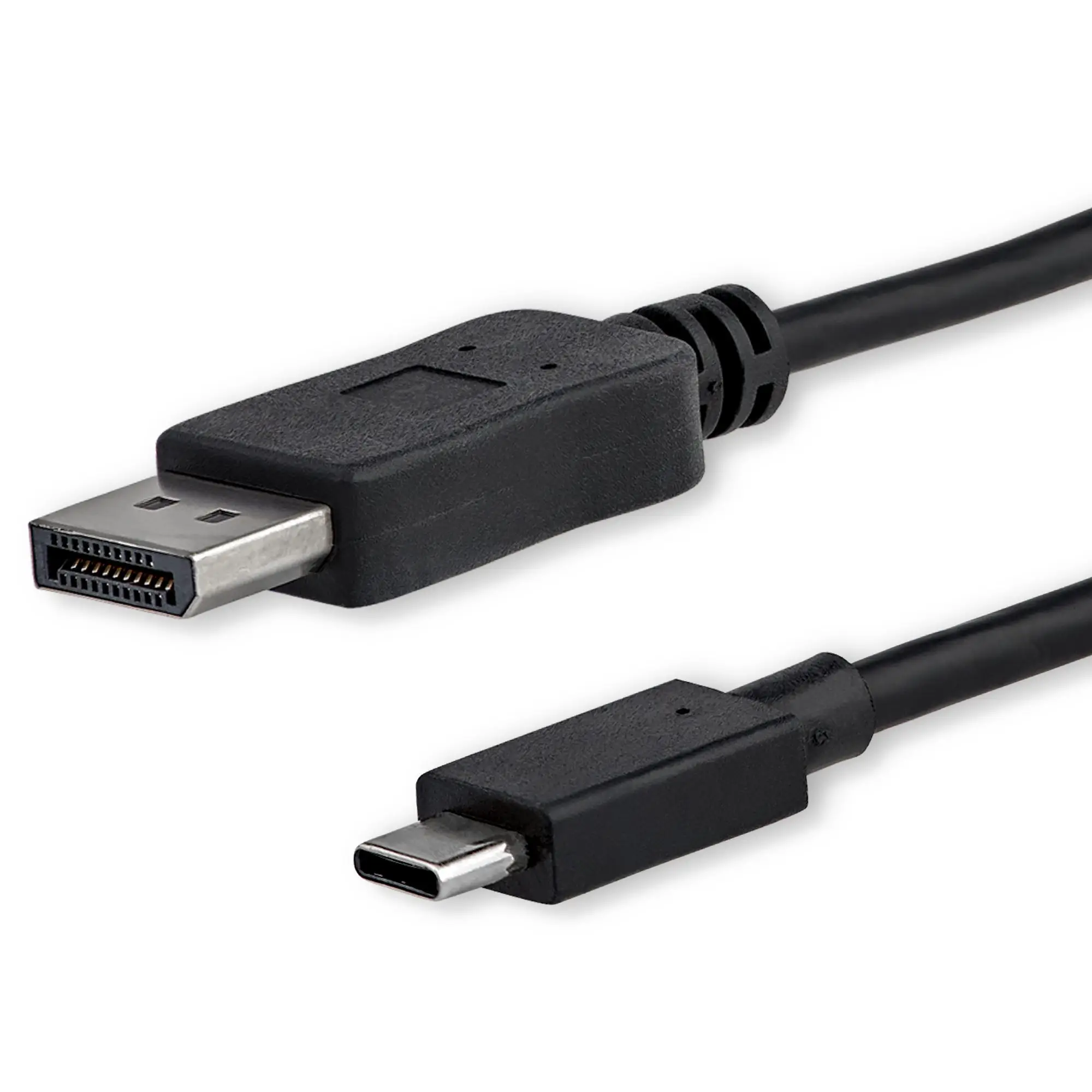How does a USB-C to DisplayPort to VGA adapter work?


USB-C to DisplayPort to VGA adapters are versatile devices that allow you to connect your USB-C enabled device to a VGA display or projector. These adapters are commonly used in situations where you need to connect a newer device with a USB-C port to an older display or projector that only supports VGA input. In this article, we will explore how USB-C to DisplayPort to VGA adapters work and discuss their features and benefits.
Understanding USB-C
USB-C, also known as USB Type-C, is a relatively new standard for connecting devices. It is a small, reversible connector that can transmit both power and data. USB-C ports are becoming increasingly common on laptops, tablets, and smartphones, as they offer faster data transfer speeds and more versatility compared to older USB standards.
What is DisplayPort?
DisplayPort is a digital display interface that allows you to connect a computer or other device to a monitor, TV, or projector. It supports high-resolution displays and can transmit both video and audio signals. DisplayPort is commonly found on computers, graphics cards, and monitors.
What is VGA?
VGA, short for Video Graphics Array, is an analog video standard that was widely used in the past. It uses a 15-pin connector to transmit video signals from a computer to a display or projector. VGA is still found on many older displays and projectors, but it is gradually being replaced by digital standards like HDMI and DisplayPort.
How does a USB-C to DisplayPort to VGA adapter work?
A USB-C to DisplayPort to VGA adapter acts as a bridge between your USB-C device and a VGA display or projector. It converts the digital video signal from your USB-C port to an analog VGA signal that can be understood by older displays.
Here is a step-by-step explanation of how the adapter works:
1. The USB-C to DisplayPort to VGA adapter is connected to the USB-C port on your device, such as a laptop or tablet.
2. The adapter converts the digital video signal from the USB-C port to a DisplayPort signal. This conversion is necessary because VGA is an analog standard, while USB-C and DisplayPort are digital.
3. The DisplayPort signal is then converted to a VGA signal by the adapter. This conversion is necessary because VGA displays and projectors can only accept analog signals.
4. The VGA signal is then transmitted through the adapter’s VGA output port, which can be connected to a VGA display or projector using a VGA cable.
5. The VGA display or projector receives the analog signal and displays the video on its screen.
Features and benefits of USB-C to DisplayPort to VGA adapters
USB-C to DisplayPort to VGA adapters offer several features and benefits that make them a convenient solution for connecting USB-C devices to VGA displays:
– Versatility: These adapters allow you to connect your USB-C device to a wide range of VGA displays and projectors, making them suitable for various applications.
– Plug-and-play: USB-C to DisplayPort to VGA adapters are typically plug-and-play devices, meaning they do not require any additional software or drivers to function. Simply connect the adapter to your device and the VGA display, and you’re ready to go.
– Compact and portable: USB-C to DisplayPort to VGA adapters are small and lightweight, making them easy to carry around. This makes them ideal for business travelers or anyone who needs to connect their USB-C device to a VGA display on the go.
– Compatibility: These adapters are compatible with a wide range of USB-C devices, including laptops, tablets, and smartphones. They can also work with various operating systems, such as Windows, macOS, and Linux.
– Multiple display support: Some USB-C to DisplayPort to VGA adapters also come with additional ports, such as HDMI or DVI, allowing you to connect multiple displays to your USB-C device. This can be useful for multitasking or extending your workspace.
In conclusion, USB-C to DisplayPort to VGA adapters are versatile devices that allow you to connect your USB-C enabled device to a VGA display or projector. They work by converting the digital video signal from your USB-C port to an analog VGA signal that can be understood by older displays. These adapters offer features such as versatility, plug-and-play functionality, portability, compatibility, and support for multiple displays. Whether you need to give a presentation, watch a movie, or extend your workspace, a USB-C to DisplayPort to VGA adapter can be a valuable tool.
Recent Posts
How do I create an engaging and informative online quiz or assessment?
Creating an engaging and informative online quiz or assessment can be a powerful tool for… Read More
What are the most effective methods for managing and reducing work-related stress in the hospitality industry?
Work-related stress is a common issue in the hospitality industry, where employees often face long… Read More
How can I improve my assertiveness and communication skills in a leadership position?
In a leadership position, assertiveness and effective communication skills are crucial for success. Being able… Read More
What are the key elements of a successful employee recognition and rewards program?
Employee recognition and rewards programs play a crucial role in motivating and engaging employees, as… Read More
How do I effectively manage and respond to customer feedback and reviews?
Customer feedback and online reviews play a crucial role in shaping a company's reputation and… Read More
What are the best strategies for effective time management as a stay-at-home parent?
Effective time management is crucial for stay-at-home parents who juggle multiple responsibilities on a daily… Read More